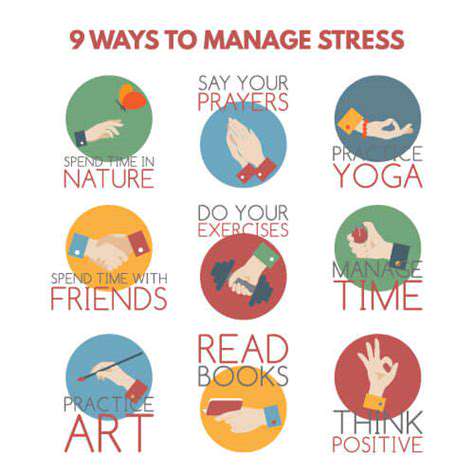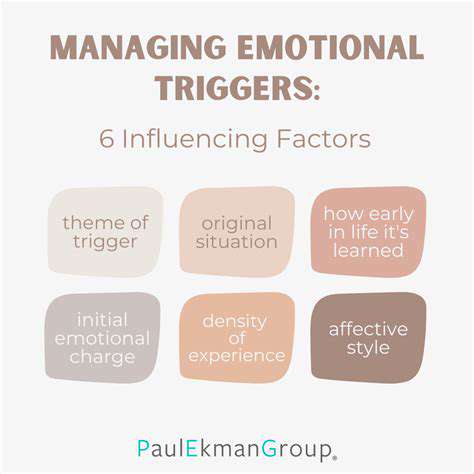Stress Reduction Techniques to Prevent Headaches
Effective Time Management for Headache Prevention
Time pressure triggers tension headaches by causing subconscious muscle contraction, especially in shoulders and jaw. The two-minute rule - immediately handling tasks taking less than two minutes - prevents small tasks from accumulating into overwhelming lists. Time blocking (assigning specific tasks to set periods) creates structure that reduces decision fatigue, a subtle but potent stressor. Schedule demanding tasks during your personal peak energy times whenever possible.
The Pomodoro Technique - working in focused 25-minute bursts with 5-minute breaks - maintains productivity while preventing tension buildup. Use breaks for gentle stretching or looking at distant objects to relieve eye strain. Learn to distinguish between urgent and important - many headaches stem from constantly reacting to perceived emergencies while neglecting truly meaningful priorities. Weekly reviews help rebalance time investments toward what matters most.
Delegate tasks when possible - perfectionism often drives unnecessary personal workload. Batch similar tasks (like answering emails) to minimize constant context-switching that drains mental energy. Schedule buffer time between appointments to prevent rushing, a common headache trigger. Most importantly, protect time for true recovery - not just collapsed exhaustion, but activities that genuinely replenish your energy.
Digital tools can help or hinder - use website blockers during focused work time if online distractions derail productivity. However, avoid over-optimizing every minute - the stress from rigid scheduling can outweigh its benefits. The goal isn't maximum productivity, but sustainable balance that prevents stress-related headaches. Sometimes the most effective time management means recognizing when to step away completely for proper recovery.







